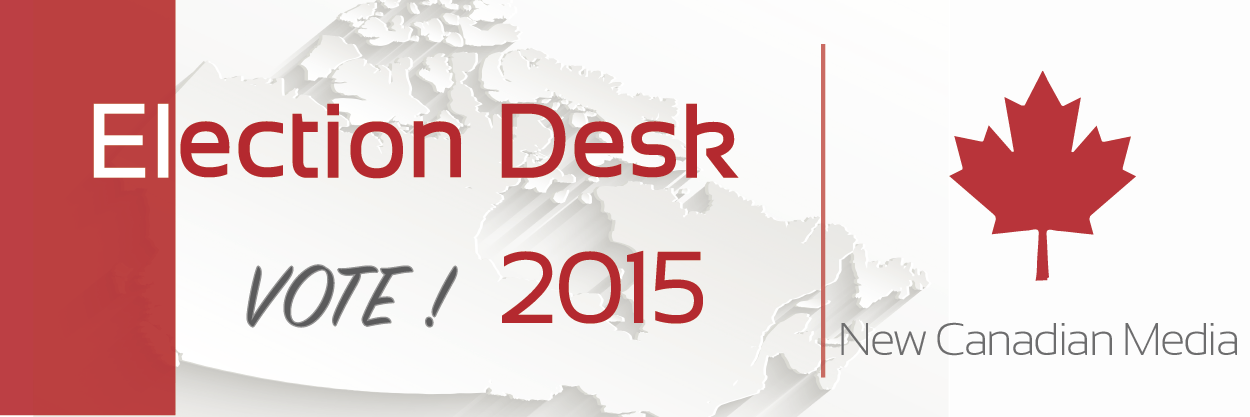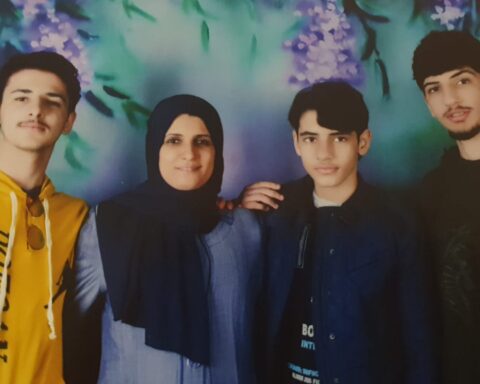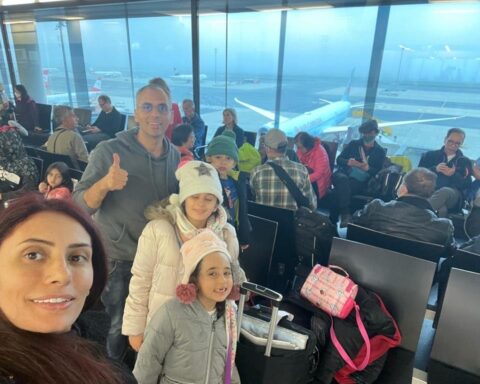 As the date of the federal election draws nearer, political candidates have begun to consider the costs of reuniting immigrant families – both economically and socially.
As the date of the federal election draws nearer, political candidates have begun to consider the costs of reuniting immigrant families – both economically and socially.
On September 25, Justin Trudeau announced that if elected, the Liberal government would double the number of applications allowed for parents and grandparents to 10,000 each year, speed up permanent residency applications for spouses and raise the age limit for dependants.
“Making it easier for families to be together here in Canada makes more than just economic sense. When Canadians have added supports, like family involvement in child care, it helps drive productivity and economic growth,” Trudeau stated.
The Conservative response to this statement was critical. “The previous Liberal governments made all of the same kinds of promises, and they left a system with seven and eight-year wait times,” said Jason Kenney, Conservative candidate and former Minister of Citizenship and Immigration, at a news conference.
Kenney toted the Conservative government’s accomplishments, stating that they have increased overall immigration levels by over 20 per cent, admitting 258,000 new permanent residents per year.
The majority of these individuals, however, are classified as economic immigrants – individuals who are sought after for their applicable skill sets – not members of the family class Trudeau spoke of.
According to Citizenship and Immigration Canada (CIC) figures, 63.4 per cent of new permanent residents were economic immigrants in 2014, while 25.6 were family class and 8.9 were refugees.
“The government has made it clear that they want to favour economic immigration, so they’re putting an emphasis on making that part of things work.”
“The main issue is that [family reunification is] just not [a] priority for government,” says Janet Dench, the Executive Director of the Canadian Council for Refugees. “The government has made it clear that they want to favour economic immigration, so they’re putting an emphasis on making that part of things work.”
Express entry
On January 1 of this year, the government announced its new policy of express entry, which expedites the application process for qualified economic immigrants.
Under express entry, applicants to the Federal Skilled Worker Program, the Federal Skilled Trades Program and the Canadian Experience Class may enter Canada in as little as six months.
Kenney recently referred to express entry as “a system that’s fast, that connects people to the labour market so they can realize their dreams and fulfill their potential upon arrival in Canada.”
The system compares candidates against one another, ranking their skills and experience levels using a points-based system. Those who receive the highest scores are then invited to apply for permanent residency.
In 2014, the number of economic immigrants who came to Canada was 165,088, the largest number in 12 years, except for a spike in 2010. Compare this with the 66,659 family class immigrants brought to Canada in 2014.
“If you try to attract the more knowledgeable immigrants, then our market is going to globally be more advantaged over time and more competitive.”
Marc Yvan Valade, a PhD candidate in policy studies at Ryerson University, explains that the government has prioritized these workers over families because they provide a skilled and capable workforce to Canadian employers.
“If you try to attract the more knowledgeable immigrants – those who have diplomas, who have experience – then our market is going to globally be more advantaged over time and more competitive,” he says.
By allowing entry to those able to financially support themselves, the government also reduces costs associated with resettlement, welfare and health programs, he said.
However, he feels this belief is “short-term” as well as unverified. According to Valade, the skilled immigrant workers he has encountered during his research say that the skills they were brought to Canada for are not being valued once they enter the country.
“Most of them are saying, ‘Well, we found out in a difficult way that our lack of Canadian experience on the market was a big hurdle and most employers didn’t want to hire us because they felt insecure with what we were bringing,’” he shares.
“They feel kind of cheated, forced into survival jobs of which they often remain prisoner,” he adds.
Refocus on the families
For Dench, this focus on economic interests distracts from those who are the most at risk – families and children seeking reunification.
“Children who are waiting to be reunited with their parents in Canada can routinely wait two, three, four years for the processing,” says Dench. “In the case of refugees in particular, the children are often left behind in a very dangerous situation.”
According to the CIC, spouses, common-law partners or dependent children (under 19 years of age) applying to be reunited with their families in Canada can wait between six months and four years for their applications to be processed. The minimum wait time increases significantly for parents and grandparents, adopted children, children to be adopted, orphans and other family classes.
For refugees, the wait times are also exorbitantly long.
“It’s cruel to ask spouses to wait far longer in war zones than we ask skilled workers to wait.”
Laura Best, an immigration and refugee lawyer with Embarkation Law Corporation, works with individuals attempting to bring their family members to Canada on a daily basis.
“It’s very frustrating and difficult to explain to people that if their partner applied to come to Canada through a skilled worker program, they could be here much faster than applying through a family class to reunite with their loved ones,” she says. “It really speaks to the priorities of the government.”
She continues: “It’s cruel to ask spouses to wait far longer in war zones than we ask skilled workers to wait.”
Policy changes moving forward
The federal government recently announced that it was increasing its resources aimed at resettling refugees from Syria and Iraq, doubling the number of employees at the Winnipeg processing centre where all refugee applications are handled and sending more immigration officers abroad.
While Dench is happy to see that the government is going to try to reduce the red tape surrounding resettlement and immigration for refugees, she is disappointed that there haven’t been any measures specifically addressing family reunification.
“Why are not all [of] these families priorities?” she asks. “Reuniting children with their parents, that should be a priority and there’s really no excuse for Canada to be routinely taking more that six months for those children to come to Canada.”
“It doesn’t need to all be about narrowly answering Canada’s economic needs, but reuniting families and protecting refugees are important and valid objectives that also need to be responded to,” she concludes.
This is part one of a two-part series looking at family reunification policy. The second instalment will focus on the pros and cons of family reunification.





